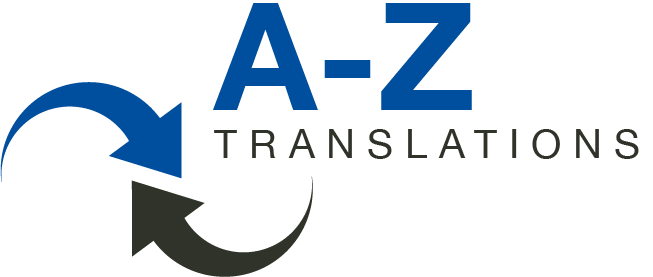As you know, school has started again here in Bavaria, meaning I get to tell future translators all about the tools of the trade they can and should use. And as I’m sure you also know, I am a great fan of memoQ (although I do use other tools occasionally, as well, mainly because certain customers require it). Recently, Szabolcs Kincse wrote a post in the Kilgray blog about what a CAT tool can and cannot do. Basic stuff for us old hands, but for my students, it’s new every year. Plus, it is written so well (and funny) that I want to share it with you here. So, enjoy!
Tomato, potato: what you cannot do with a translation memory
Ok, I understand this post will be slightly elementary for many of
our kind and learned readers but… you know what? It will still be
entertaining. For the question has arisen again: is a translation memory
a tool for automatic translation?
What exactly happened is that my good friend Josh downloaded a memoQ
free trial version because his boss entrusted him with a task. The task
accidentally involved some reading in Italian. Needless to say, my
friend spoke no Italian whatsoever, and his native English and the
acquired highschool German provided not much of a clue as to what the
text contained.
My good friend said translating this stuff with Google Translate
would have been not too sexy so he opted for the sexy thing, memoQ.
While we are rather flattered by our flagship product being the sexy
thing in the market, we must make some things clear on behalf of the
entire market (even on behalf of those on the not-too-sexy side): a
translation memory is NOT a machine translation tool. That practically
means that you will not translate anything automatically just by
downloading a translation memory tool.
Let me shed some light on the problem. Translation memories are tools that behave (surprise, surprise!) like a memory: they will remember certain
things for you. In our case they will remember how pieces of text were
translated into another language, and, in better (and, I might add,
sexier) cases they even provide you with various other services if your
job is to translate stuff.
Translation memories (again: in sexier cases) are oftentimes just one
element in a row of other tools weaved together to make up a translation environment:
a range of amazing and useful tools that will make you translate things
faster and better. One (and, of course, the sexiest) of these tools
available on the market is memoQ. (And of course we are proud to state
the obvious: memoQ is the most comprehensive of those – it contains by
far the most of these gadgets!
However, in order to make things
work in a translation memory, you will need to provide it with data:
this data is previously translated text in both languages – the language
you are translating from and to.
Without prior data an empty translation memory will just not remember
things for you. Easy: you will never remember running the Boston
Marathon if you have actually never run the Boston Marathon (how much I
wish I did!).
Machine translation tools however are an entirely different cup of tea. No, no, no! They really are not in a tomato-tomato relationship with translation memories. They were originally created to translate things for people who wish to read things in a language they do not speak.
Historically, MT tools operate in
two ways: based primarily on algorithms or primarily on a statistical
approach. Algorithm- (or rule-) based tools use giant dictionaries and a
set of rules to translate text from one language to the other (you will
find much of the iTranslate4.eu project to be algorithm-based),
statistical tools in turn examine gigantic (really gigantic: billions
and billions of pages) of text and create your translation based on
statistical khm… how shall I put it… guessing. This approach works very
successfully for languages with a lot of pages on the internet, and you
will see it clicking very successfully away in Google Translate, for
example.
Allow me to further confuse things for you, dear Josh!
While you cannot really translate
with an empty translation memory, you can still do that in a
translation environment. memoQ (and some of the less sexy tools of the
market, too) offer integration with providers of machine translation.
Why? (Here comes a thing I find translators do not often know either!)
Because some of these tools are now so sophisticated that they can prove
to be helpful in the translation process.
They can help create better memories
in the translation memory enabling the translator to do his job faster –
hence to earn more money in a shorter time. They still do not do the
job of a translator, but they can, say, grab two or three memories and create a close enough translation for the translator, so they can create the translation in a shorter time.
I hope this explains it. And I
suggest that you make your toast in a toaster, do not use the kettle for
the purpose – even though both tools can be found (in most cases) in
the kitchen. Tomato-potato!
